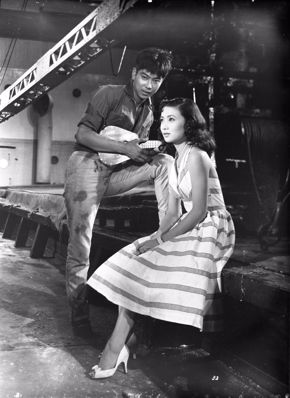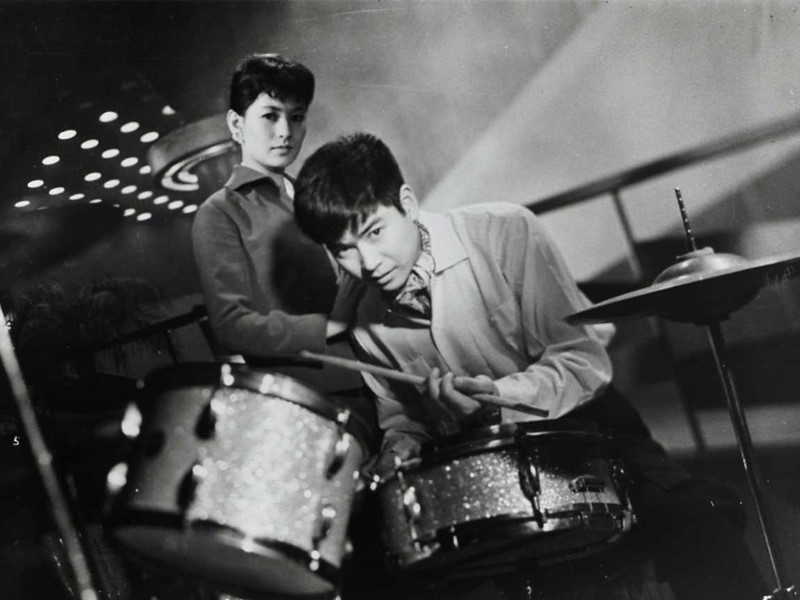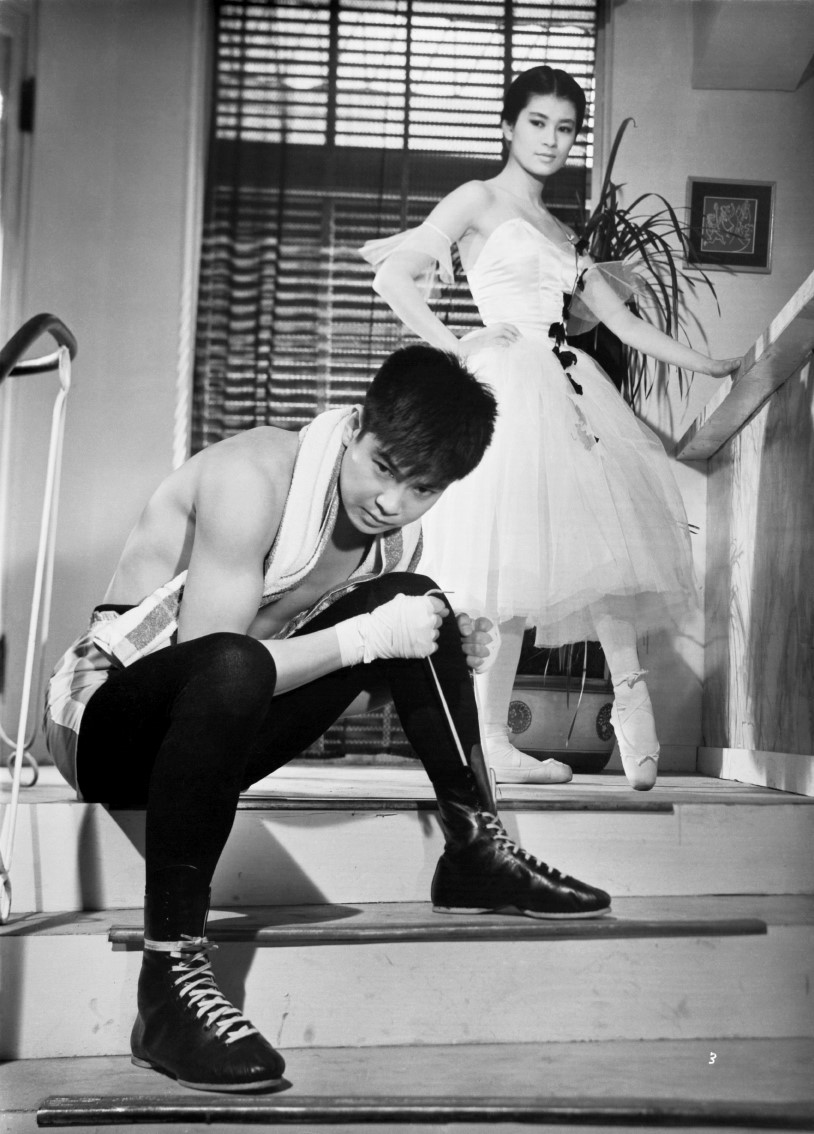Enter the Cinematic World of Japan’s Music Man June 18, 2018

Umetsugu Inoue’s The Eagle and the Hawk, about a man who takes a job as a seaman to seek out his father’s enemy, screens on Saturday, June 30.
A young ruffian aspires to be a drummer in Tokyo’s Ginza jazz world in The Stormy Man, screening on Saturday, June 23.
The Winner, showing on June 29, is a boxing–ballet mashup inspired by “The Red Shoes.”
Tom Vick, curator of film at the Smithsonian Institution’s Freer|Sackler Galleries
The name Umetsugu Inoue may not be familiar to American audiences, but his films will delight fans of classic cinema. So the MFAH is pleased to present a trio of genre-spanning films from the prolific Japanese director (1923–2010). The series, Umetsugu Inoue: Japan’s Music Man—with screenings on June 23, 29 & 30—comprises three 1957 films, all with musical elements. The Stormy Man, on June 23, does double duty as a feature in our Jazz on Film series!
The selections are part of a traveling retrospective organized by Tom Vick, the curator of film at the Smithsonian Institution’s Freer|Sackler Galleries. I spoke with Vick about the director.
How were Umetsugu Inoue’s films received in Japan? Did he develop a following internationally?
His films were popular in Japan. The Stormy Man actually saved the Nikkatsu studio from bankruptcy! But he was never regarded as a master like Akira Kurosawa. Inoue is probably more famous among Hong Kong fans for a number of films in the 1960s—such as Hong Kong Nocturne—that were big hits there and abroad.

A young ruffian aspires to be a drummer in Tokyo’s Ginza jazz world in The Stormy Man, screening on Saturday, June 23.
Inoue produced some 115 films over his long career. Were musicals typical of his filmography?
Like a lot of directors working under contracts for film studios, he was often assigned material, so he had to be proficient in many genres. He was probably most successful in the musical genre, starting in 1954 when he directed a hit called Sweet Sixteen’s Jazz Festival. After that, he became known as something of a specialist in musicals, although he did make other kinds of films.
At the MFAH, we’re screening The Stormy Man, The Winner, and The Eagle and the Hawk. How do these films compare to American musicals of the 1950s?
Unlike American movies, in which the musical numbers tend to be fantasy sequences that take the spectator out of the plot for the song, Inoue’s musical numbers are almost always motivated by, and part of, the plot. The Stormy Man is set in the jazz world, so people play music. In The Winner, one character is a ballet dancer, so the main musical number is one of her performances. The Eagle and the Hawk is probably the least musical-like of the three, but a repeated musical motif is a key part of the story.

The Winner, showing on June 29, is a boxing–ballet mashup inspired by “The Red Shoes.”
Besides the Freer|Sackler and the MFAH, which other institutions are participating in this retrospective?
You can also see these films at the Lightbox Film Center in Philadelphia; the Harvard Film Archive; the Cinematheque in Vancouver; and Chicago’s Gene Siskel Film Center.
Enjoy three films by Umetsugu Inoue on our big screen! See the lineup and get tickets for June 23, 29 & 30.





